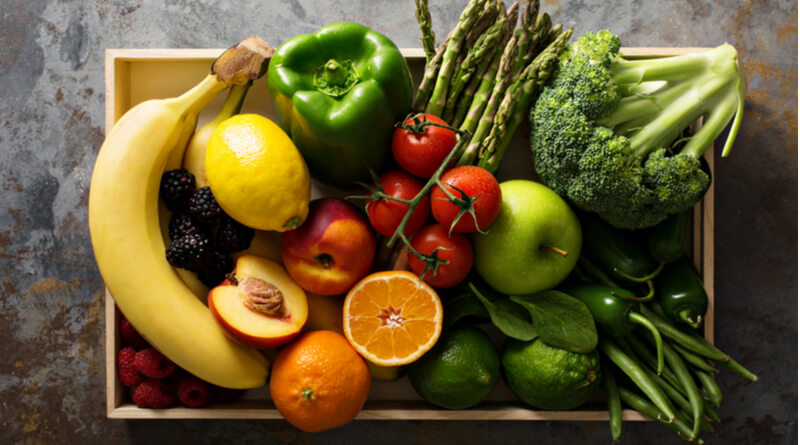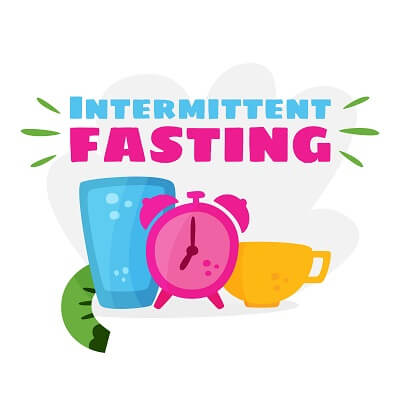Just about every functioning adult, and most functioning children know that fruits and vegetables are vital for our health. They are some of the most nutrient dense foods you can eat. They even contain some rarer vitamins and minerals that you just can’t get anywhere else. All of these nutrients grant people many valuable health benefits such as, bolstering the immune system, preventing cancer, managing or preventing the development of diabetes, resistance towards diseases, prevention of macular degeneration, and the prevention of Alzheimer’s disease just to name a few.
Due to the many health properties of fruits and vegetables, most people don’t have to be persuaded to actually eat them. The bigger problem the majority of the people face when it comes to eating fruits and veggies is figuring out how much to eat. Believe it or not, most people haven’t considered how much of the good stuff that they have to eat; they simply try and make sure they have some fruits and vegetables represented at every meal. But even if you do make sure to eat some at every meal, you still may not be getting enough fruits and vegetables in your diet.
How Many Fruits and Vegetables Do You Have to Eat Daily?
Health professionals recommend that the average adult eat 5-9 servings of fruits and vegetables a day. But what constitutes one serving? The answer actually depends on how you prepare your fruits and veggies.
What Makes A Serving?
1 serving of vegetables:
- 1 cup of raw, leafy green veggies – spinach, shard, kale, lettuce, etc.
- ½ cup raw or cooked veggies – carrots, celery, green beans, etc.
- ½ cup vegetable juice
1 serving of fruit:
- 1 medium sized fruit (baseball sized) – apple, pear, peach, nectarine, etc.
- ¼ cup dried fruit – raisins, cranberries, raspberries, apricots, etc.
- ½ cup fresh, canned, or frozen fruit
- ½ cup fruit juice








